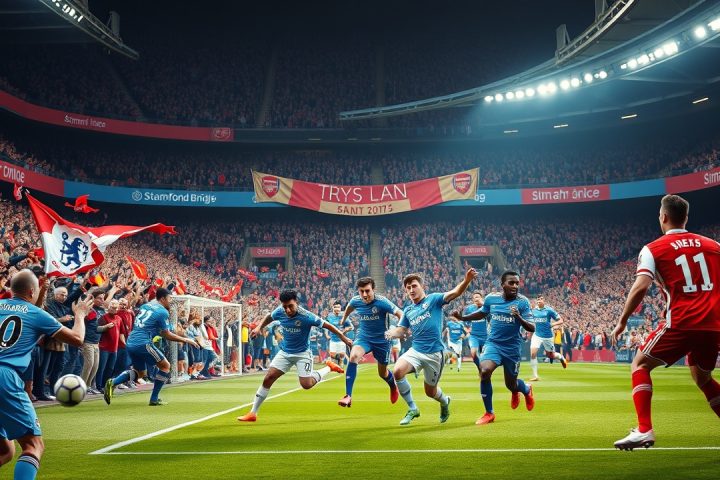Manchester United’s Acquisition of Matheus Cunha
On June 2, 2025, Manchester United officially confirmed their acquisition of forward Matheus Cunha from Wolverhampton Wanderers for a substantial fee of £62.5 million. The club exercised his release clause and structured the payment to occur over three installments. Just ten days following the announcement, Cunha was introduced to fans as a member of the club, marking one of the early moves in the summer transfer window.
Despite this being one of the first major signings, United’s proactive steps were not a direct response to the Club World Cup—an event in which they did not participate. Instead, the aim was to begin addressing the disappointments from the previous season, where they finished a mere 15th in the league.
Impact on the Premier League Transfer Market
The financial wave initiated by the Cunha transfer had unexpected consequences across the Premier League’s summer dealings. In the same market, six noteworthy attacking players changed clubs, all within a strikingly similar pricing range of £50 million to £60 million, indicating that Manchester United’s early investment set a precedent for subsequent signings.
Notably, there was a gap of almost two months from the time United confirmed Cunha’s signing until Bryan Mbeumo’s eventual transfer to Brentford for £66 million.
During this period, other significant movements included:
- João Pedro moving from Brighton to Chelsea (£55 million)
- Mohammed Kudus from West Ham to Tottenham (£55 million)
- Anthony Elanga from Nottingham Forest to Newcastle (£52 million)
- Noni Madueke’s transfer from Chelsea to Arsenal (£48 million)
Also noteworthy was an attempted transfer of Morgan Gibbs-White to Tottenham, which briefly reached a £60 million valuation before being derailed by allegations of an illegal approach.
Market Trends and Player Valuations
It’s clear that the transfer pricing has adhered to certain patterns; the evaluation of player worth erodes when amounts leap into the tens of millions, taking several factors into consideration. Clubs frequently use completed transfers as reference points when justifying their valuations. In Mbeumo’s case, Brentford leveraged Cunha’s fee during negotiations, leading them to initially dismiss several lower bids before finally settling on £66 million, which could rise to £71 million based on performance incentives.
While Mbeumo and Cunha share similar ages and goal tallies, their contractual situations differed; Cunha had a release clause, while Mbeumo was nearing the end of his contract, creating different dynamics in their respective negotiations.
Frederico Varandas, president of Sporting CP, openly discussed his expectations for a transfer fee for striker Viktor Gyökeres in light of the burgeoning market trends. Highlighting Cunha and Mbeumo’s prices, Varandas indicated Gyökeres—who has often been compared favorably to his peers—should command a similar value. Eventually, Gyökeres completed his transfer to Arsenal for an initial £54 million, with an additional £8.5 million in potential add-ons.
Clarity in the transfer fees illustrates how clubs are establishing a market norm. Gyökeres effectively landed at the same valuation bracket as Cunha, despite differing initial circumstances in their negotiations. Further, the movement of Madueke to Arsenal for £48 million aligned closely with Jamie Gittens’ transfer of equal initial valuation from Borussia Dortmund to Chelsea, underscoring the consistency in financial expectations across the league.
Liverpool’s Record Transfer
Liverpool also made waves in the summer transfer market by securing midfielder Florian Wirtz for a club-record £100 million, plus £16 million in add-ons. This deal not only emphasized the Premier League’s financial leverage but also positioned itself as a new benchmark for future transactions.
When Liverpool sought to sign Hugo Ekitike from Eintracht Frankfurt, his fee was ultimately finalized at £69 million, a figure that conveniently fit within the established range established earlier in the window.
Ekitike’s rise from a proposed move worth around £30 million to a valuation significantly higher reflects both the evolving market and the influence of players like Cunha. As clubs continue to draw parallels based on age and position, the trend reveals how closely interlinked transfers have become within the Premier League’s competitive landscape.




